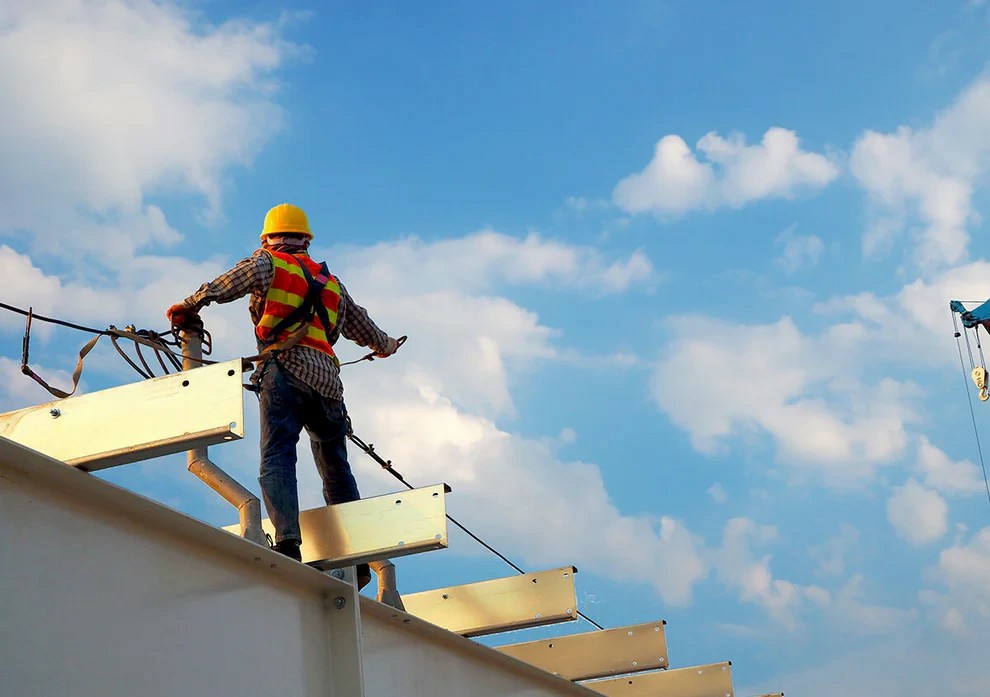The Ultimate Guide to Essential Safety Gear for Working at Heights
Working at heights poses significant risks, making safety gear absolutely essential in preventing workplace accidents and ensuring compliance with industry regulations. In this comprehensive guide, we’ll cover the crucial equipment required for safe working practices, proper usage techniques, and maintenance tips to keep your gear in optimal condition.
Understanding the Importance of Safety Gear
Statistics show that falls from heights are one of the leading causes of workplace injuries and fatalities. To mitigate these risks, the implementation of appropriate safety gear is not just a recommendation but a regulatory requirement in many jurisdictions. Being well-equipped isn't just about personal safety; it's also about promoting a culture of safety within organizations.
Key Safety Equipment for Working at Heights
Below is a rundown of the essential safety equipment you'll need when working at heights:
1. Safety Harness
- Description: A safety harness is a critical component of fall protection systems designed to support your body in the event of a fall.
- Proper Usage: Ensure the harness fits snugly, with all straps adjusted correctly. Inspect for wear and tear before each use.
- Maintenance Tips: Clean your harness regularly and store it in a dry, ventilated area to prevent mildew.
2. Lanyards
- Description: Lanyards connect the harness to an anchorage point, making them essential for fall arrest systems.
- Proper Usage: Always use a compatible lanyard specific to your harness type. Check the locking mechanism for functionality.
- Maintenance Tips: Inspect lanyards for fraying or damage and replace them at the first sign of wear.
3. Anchor Points
- Description: These are fixed points designed to safely secure lanyards and other safety gear.
- Proper Usage: Always confirm the anchor point's structural integrity before use. It should support at least 5,000 pounds of load.
- Maintenance Tips: Regularly inspect anchor points for conditions that could compromise their stability.
4. Helmets
- Description: Helmets protect against head injuries from falling objects and accidental bumps.
- Proper Usage: Ensure the helmet is worn at all times while working at heights.
- Maintenance Tips: Inspect helmets regularly for cracks or punctures, and replace if damaged.
5. Gloves
- Description: Gloves protect your hands from abrasions and provide a better grip.
- Proper Usage: Use gloves that allow for dexterity while also providing sufficient grip.
- Maintenance Tips: Regularly wash and dry gloves, replacing them if they become worn or lose grip.
6. Fall Arrest Systems
- Description: Fall arrest systems are comprehensive setups that include harnesses, lanyards, and other securing mechanisms to protect workers.
- Proper Usage: Implement as part of a workplace policy for any activity above ground level.
- Maintenance Tips: Follow manufacturer instructions for servicing and inspections.
Industry Regulations Mandating Safety Gear
Employers must comply with safety regulations that mandate the use of specific gear. These standards ensure minimal risk of accidents:
- The Health and Safety Authority (HSA) emphasizes the need for fall protection systems.
- Local regulations often require training and certification for workers engaging in Working at Heights.
Best Practices for Maintaining Safety Gear
Frequent inspections and regular maintenance of safety gear are vital:
- Create a routine inspection checklist.
- Document all maintenance activities for compliance.
- Store equipment properly to extend its lifespan.
Get Trained and Certified
Understanding how to use safety gear correctly is just as crucial as possessing it. Consider enrolling in a Working at Heights Course to gain hands-on training and knowledge. Whether you choose an in-person program in Dublin, Cork, or Galway or opt for a convenient Working at Heights Online Course, proper training can significantly reduce risks associated with working at heights.
For more information on safety training or to schedule a course, contact us at [email protected].
Conclusion
Safety gear is non-negotiable when working at heights. By adhering to best practices in selection, usage, and maintenance of gear, you not only comply with safety regulations but also promote a safer workplace for all. Remember, the right training is essential for ensuring that safety protocols are understood and practiced.



 349,500 Offered Certificates
349,500 Offered Certificates
 24/7 Online Training
24/7 Online Training
 Money Back Guarantee
Money Back Guarantee
 Fully Accredited Courses
Fully Accredited Courses
